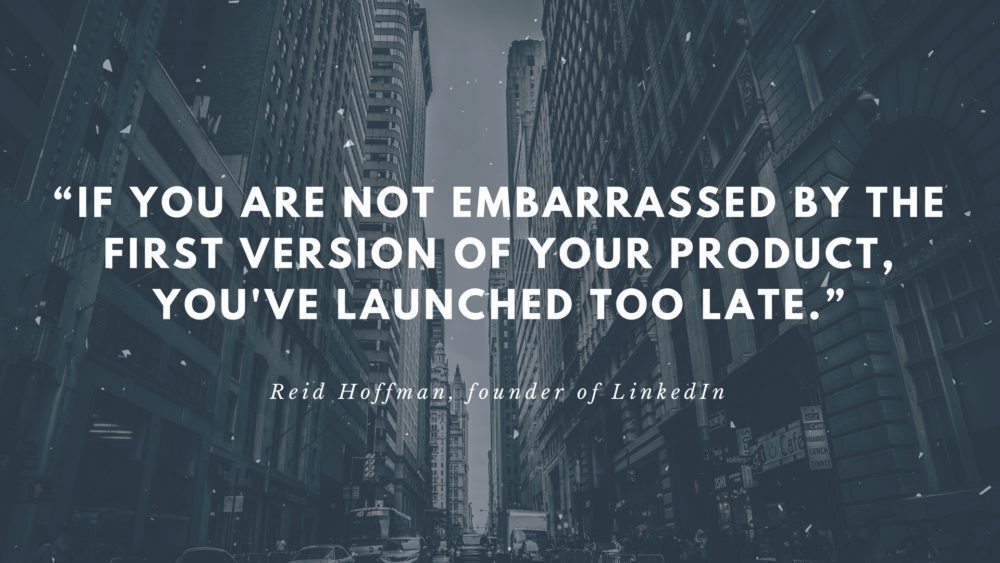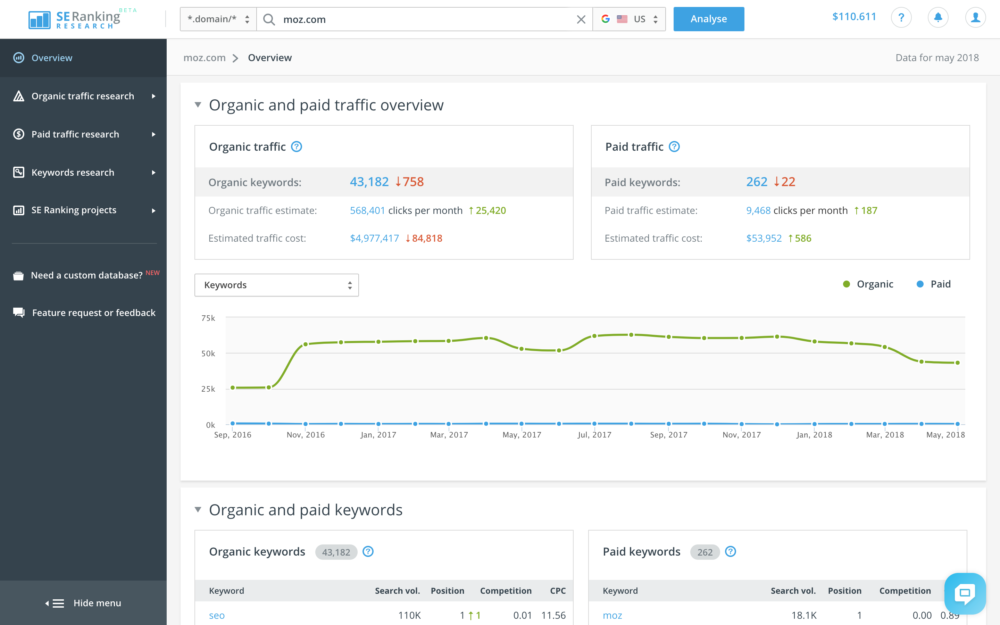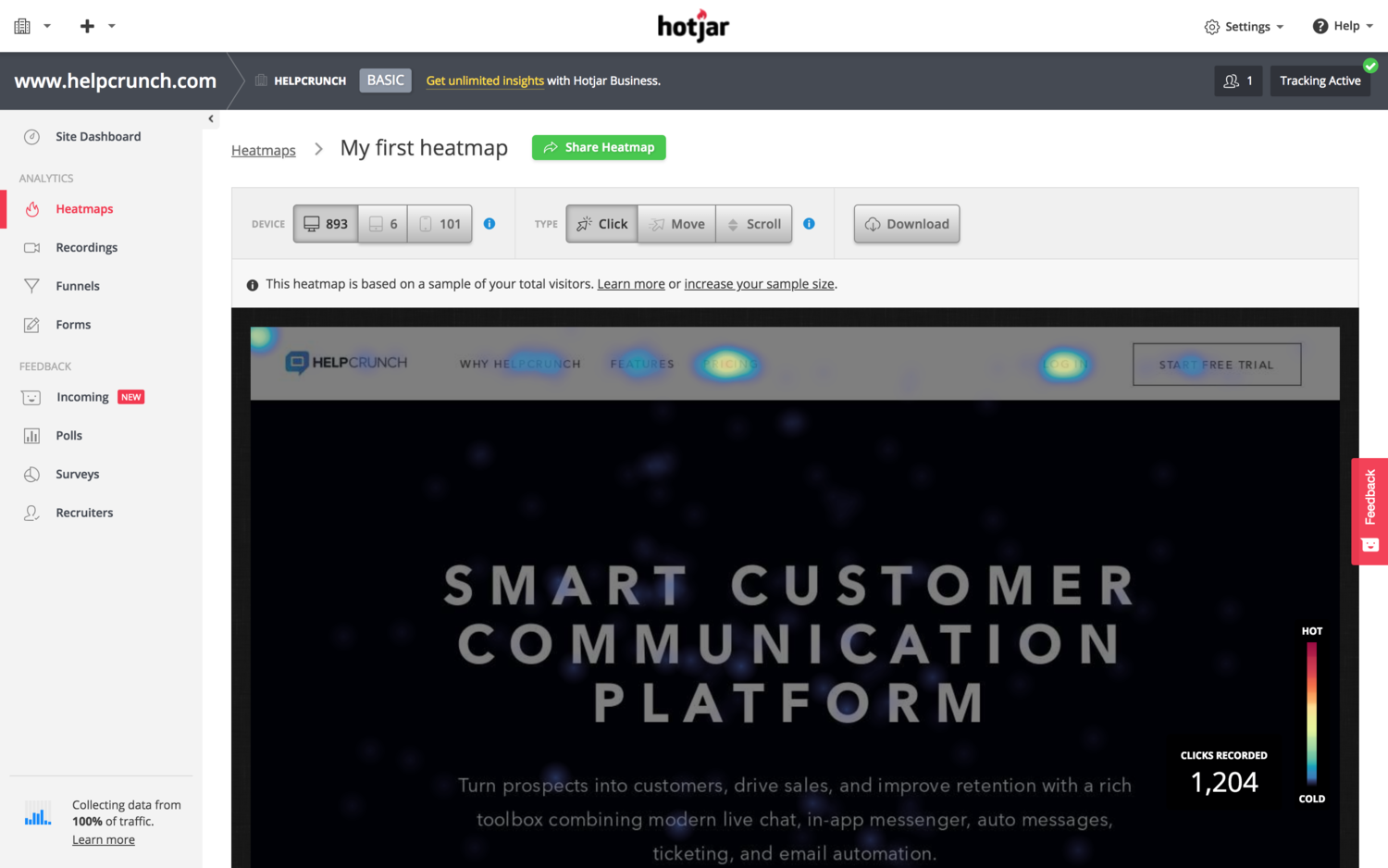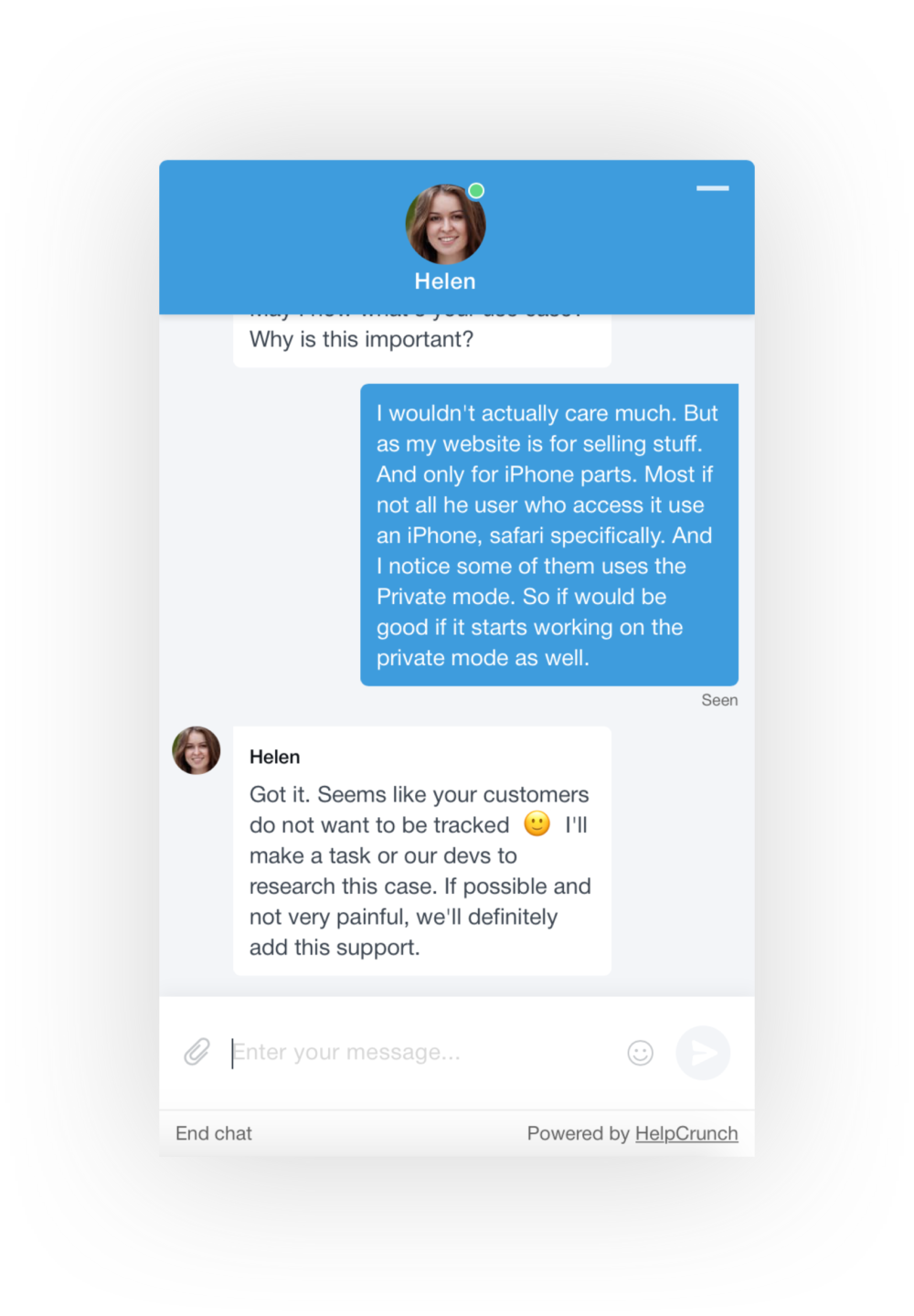 Every startup looks for ways to catapult a business to success. Here are some tips for accelerating growth for SaaS (software as a service) companies.
Every startup looks for ways to catapult a business to success. Here are some tips for accelerating growth for SaaS (software as a service) companies.

1. Start charging early
SaaS startups are often hesitant about charging customers. They think that their product is not yet ready, that it’s necessary to get traction and focus on expanding their customer base rather than on growing revenue.
Deep inside, however, they often don’t just have enough faith in their product and are not sure if someone will buy it at all. They prefer keeping hundreds or thousands of free users to attempting to win a few serious customers. Big numbers are comforting but the product remains an unverified idea.

Building a product should imply increasing revenue. So don’t hesitate too much—put it to the test by charging and see if it works in the real conditions. This is one way to minimize your risk too. Instead of waiting to launch until you’ve invested huge amounts of time and money, launch early. If you fail, or discover that you need to pivot, you haven’t lost all your effort. This is a good way to validate that your idea has traction in the marketplace.
People truly value only what they pay for. And by paying, people demonstrate they recognize your value. By charging early, you will drive away freebie collectors but serious customers will stay with you.
2. Narrow down your customer acquisition efforts
Often, time, effort, and money don’t bring the desired results. In fact, this may be a targeting problem, not a product problem.
Not everyone on this planet needs your product—and that’s normal. So, trying to market to everyone and anyone is simply a waste of resources.
To achieve growth, you need to focus on a specific audience who is genuinely interested in your product value.
To identify your target market:
- Ask yourself questions about your typical user’s gender, age, geographic location, business nature, pain points, interests, budget, and so on.
- Research your competitors. Discover their keywords and ads for paid and organic search. You may use competitor analysis tools for this purpose, for example, SE Ranking.

- Determine who they are targeting and appeal to the same audience or concentrate on another group which your competition leaves out.
- Speak to people, attend your sector forums and events, and organize surveys and polls to narrow down your marketing focus.
- Use website analytics tools (Hotjar and Google Analytics, for example) to see what visitors view on your website, which pages visit, and what content they are interested in, which will help you to understand what they really care about.
 All this will enable you to define your customer personas and focus on their specific needs.
All this will enable you to define your customer personas and focus on their specific needs.
3. Experiment with pricing
Your pricing should evolve as your company evolves; it is not a constant.
Only by charging money and split testing various pricing levels can you understand people’s perception of your product and their readiness to pay for it. Some great split testing tools include Optimizely and VMO.
Your optimal price is when you have:
- A relatively small percentage of people who complain that you are too expensive
- Another small percentage that doesn’t hesitate at all before paying
- The biggest category that says the product is quite expensive but they are ready to buy anyway because they see its value for their businesses.
In his book, “Selling the Invisible,” Harry Beckwith recommends raising prices until 15 percent to 20 percent of your qualified prospects resist this.
Generally, a higher price generates a perception of higher value. And people don’t price shop as much as you expect—they are well aware that something extremely cheap can’t be good and building good products inevitably involves costs.
Think of Apple products. They definitely don’t try to lower their prices. They use a WTP (willingness to pay) to form their pricing. This means they set prices according to the maximum that the majority of their target audience can pay, not the average and not the minimum. Of course, in this case, the product should really feel like a premium one.
4. Offer a transparent and easy-to-scale pricing model
Many SaaS businesses fail to acquire customers just because their pricing is too complicated.
Users simply don’t have the nerve to spend their time deciphering all options and layers in a messy presentation—so be clear. Ask your friends or a focus group to take a glance at your pricing page and evaluate its user-friendliness.
Also, it’s paramount to choose the right pricing model that enables businesses to predict costs and plan their budgets.
For example, some CRM companies adopt per usage model and charge based on the volume of their user’s customer base. This means that the more customers you acquire by using the software, the higher your bill is. But this is the goal of many businesses to have a lot of customers and gain more continually. Within this model, it’s difficult to foresee and plan costs.
Another example is a per-user pricing which depends on the number of people using the software. This model is quite transparent and simple. The users on subscription enjoy an unlimited activity and the company can easily forecast costs.
Other SaaS pricing models include: per active user, flat rate, tiered pricing, per active user, per feature pricing, freemium, and so on. For more on this, check out The Ultimate Guide to Choosing a Pricing Strategy for Your SaaS Startup.
Additionally, pricing is one of the top website pages where visitors have questions. If you use a live chat, set up an automated proactive message offering help.
Here’s an example:

5. Listen to your paying customers
People may say all kinds of nice things about your product or service—that they like your product, that they’ll promise to buy it, and so on.
But listening to all voices is a risk. In particular, don’t base your business on free users’ feedback (if you have them) because it’s likely to lead you astray—you’ll be improving your product for the wrong audience.
Of course provide the best support to all of your users but develop new features for those who take your product seriously and pay you—because they provide you with insights that truly matter.
You can stay in touch with your customers through a good live chat widget, like HelpCrunch.

6. Make big customers comfortable with your pricing
If you want to gain high-profile customers, your product shouldn’t be embarrassingly cheap for them. Imagine an industry leader using a piece of software that costs five bucks!
Moreover, a low price creates an impression that your software is not fully reliable and your business may fold up at any moment.
Big players are careful in their choices: in addition to a great feature set, they expect impeccable service, accountability, security, maximum uptime, and so on—and are ready to pay for all that.
That’s why it’s advisable to add Enterprise pricing plans from the start. Even if your product is not yet ready for the Enterprise segment, you’ll be able to collect the requirements and expectations of the big buyers.
High-profile clients may also be looking for flexibility, think about providing custom pricing options to be able to satisfy their particular needs.
7. Exploit paid growth tactics
Some startups lose steam if they struggle achieve quick growth—but sometimes their real problem is a lack of proper promotion.
Don’t fall under the illusion that word of mouth and organic growth are enough. Marketing plans and strategic sales initiatives are what make businesses actually grow.
It can seem like businesses everywhere are effortlessly scaling quickly to million (or billion) dollar revenue. Keep in mind that you’re looking at their growth from the outside—most likely, they’ve been on a strategic growth trajectory for years. In general, having a great product doesn’t mean marketing is redundant.
Paid digital marketing platforms are a good place to start. Use Google AdWords, Facebook Ads, and LinkedIn Ads, and run remarketing campaigns in Google and Facebook. People usually read reviews before purchasing anything so you can buy traffic on popular software review platforms like Capterra, GetApp, or G2Crowd. Also, consider using GDN—it has over 2 million sites and reaches over 90 percent of people on the internet.
You can read more about various paid growth techniques here.
Conclusion
Growing a strong SaaS startup requires faith in your product, great flexibility, and smart market positioning.
The above tips will help you win over the right type of clientele, boost their perception of the value of your product, collect relevant feedback for better strategic decisions, effectively manage your sales funnel, and establish yourself as a thriving business much faster.
What tactics do you use to boost your startup growth? What worked and what did not? Let us know in on Twitter @Bplans—we’d love to hear your feedback.
from Bplans Articles https://ift.tt/2wzMTiy
No comments:
Post a Comment